A company’s successful growth depends on creating loyal customers by following certain customer retention strategies.
A first step to high customer retention is to find the reasons why customers are turning away from your company.
This lets you generate focused strategies to form loyal customers who will purchase your products often.
Moreover, you can learn what features of your offerings excite and encourage your customers.
Maintaining an old customer is more cost-effective than acquiring new customers. With this in mind, we will go through some strategies and metrics you can track for customer retention.
What is customer retention?
Customer retention is an organization’s ability to hold on to customers after they approach your brand, product, or service.
Retention of customers reflects how well the organization, and its offerings satisfy customers.
Difference between customer acquisition and retention
Customer acquisition describes the procedure of or efforts to attract new customers to a company’s products or services. This usually involves marketing efforts.
Conversely, customer retention occurs after the customers approach you. Your goal is to form customer loyalty and promote repeat business once they make a purchase.
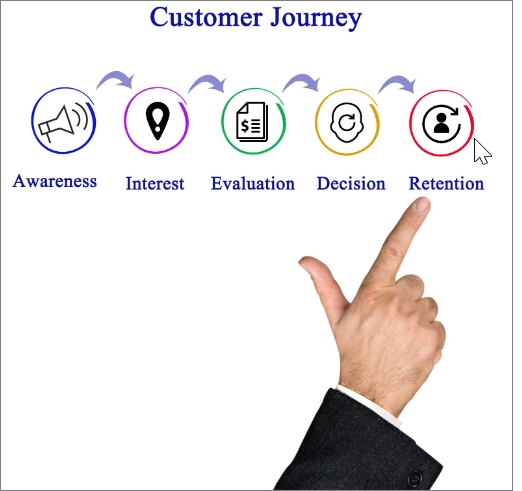
Customer retention strategies to consider
Customer retention strategies will change and develop continuously as your company grows.

Here are some practical concepts for improving customer retention:
1. Analyze customer surveys regularly
Sending out surveys and analyzing them regularly, as customer retention strategies, help you understand how customers perceive your brand and inform your steps to improve.
For example, NPS (net promoter score) surveys estimate a customer’s likelihood of endorsing your product or service.
You’ll understand better how much of your business is coming through word of mouth and why.
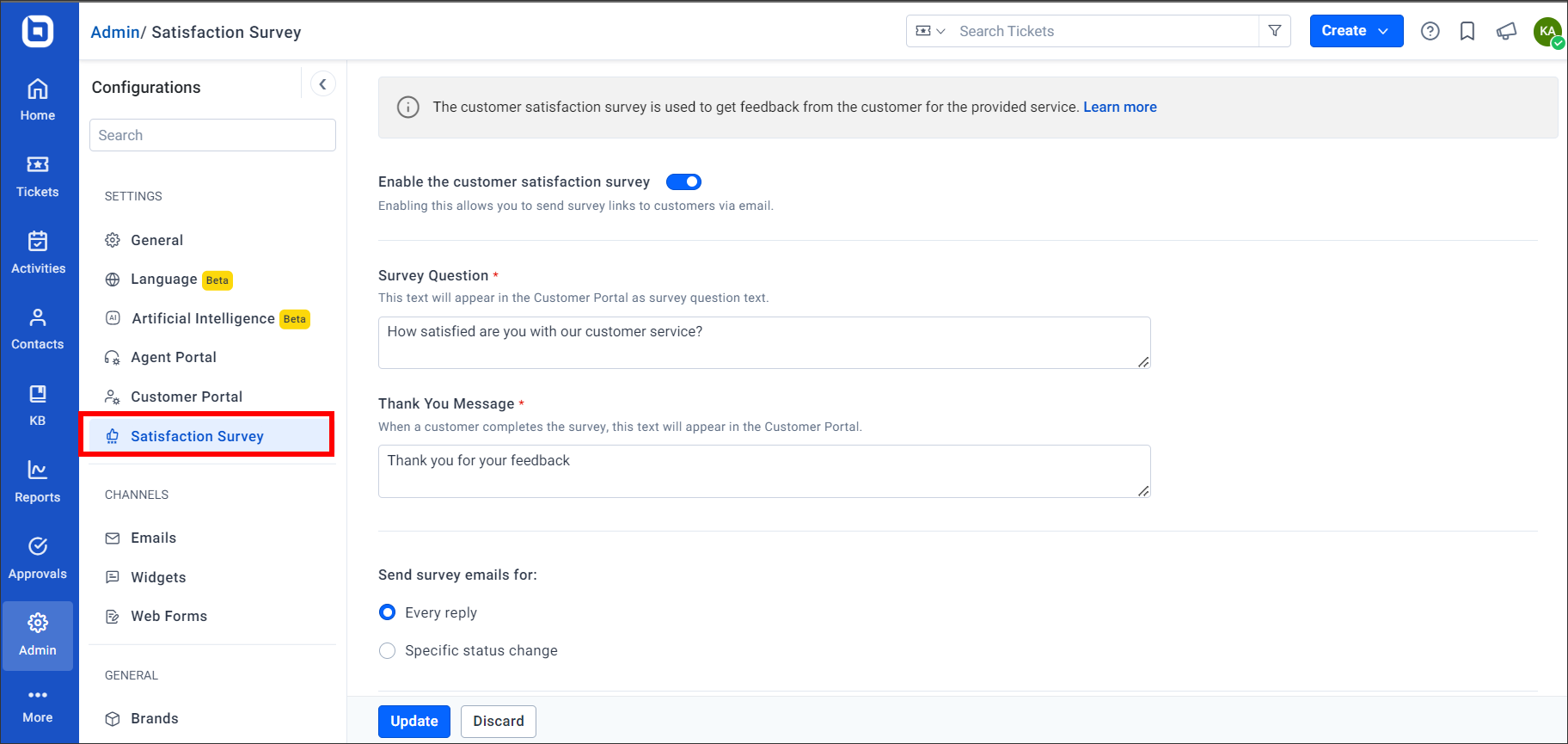
The CSAT score exposes the quality of support service you provided your customers.
A CSAT survey occurs after a ticket resolution to gather customer opinions.
Generally, it requests customers rate their support experience on a scale ranging from very satisfied to very bad.
This helps agents improve their service. In fact, good customer support leads to higher retention of customers.
2. Implement customer service tools
In the starting stage of your company, you have a small number of customers and customer issues.
Later, the arrival of more customers makes your number of customer issues grow, too.
Therefore, everything done manually will take time, and you need to put more effort into handling these situations.
To overcome this, you can adopt customer service tools like help desk software to maintain an efficient workflow in your support team.
Help desk software streamlines urgent issues and lets your team fix them in a timely fashion.
Moreover, it aids team collaboration, which improves your support team efficiency. Quicker response and resolution times will drastically reduce your churn rate.
3. Educate your customers
Educating your clients can make your clients’ experience with your products smooth and pleasant.
Having no or poor instructions on your product’s usage can frustrate your customers.
Besides, customers will value your effort to ensure their purchase is easy to implement and thus, remaining loyal for many years.
Additionally, let customers educate themselves by providing a knowledge base.
If you provide adequate instructions and tips on your website, they can solve their issues on their own and feel self-sufficient, too.
Accordingly, tutorials, documentation, life hacks, and forums are all great ways to keep customers informed. Then, customers may continue using your product or brand for long.
4. Provide customers an easy way to contact you
A consumer is already having a less-than-ideal experience when they ask for assistance or ask a question.
So, don’t make things worse by making them figure out how to contact you.
Make it incredibly simple for customers to contact you, either by prominently displaying contact information on your website or by including a support link on each page, or offering livechat support.
Therefore, this enables your customers to request assistance from anywhere.
5. Improve your customer support
Most customers repeat the same product or service when they have a positive experience with its customer service.
Purchasing a product or service with a new company is always a risk. Therefore, you must prove to your customers that you back up your offerings by providing excellent customer service.
They will know going forward that, even if they do have issues, they can rely on your company to sort them out.
A Microsoft study reveals that a poor customer experience has led 56% of respondents to cease doing business with a particular brand.
Additionally, you have to ensure a fast response to customer inquiries.
You can meet the communication expectations of your customers by properly training your staff and monitoring their performance with benchmarks.
6. Implement a customer loyalty program
One of the most effective strategies for retaining clients is rewarding loyalty. Customers appreciate when brands acknowledge their loyalty and provide them incentives to remain loyal.
Brand-loyal customers are more likely to:
- Make repeat purchases
- Refer others
- Provide valuable feedback
Rewarding loyalty is a way of acknowledging and appreciating this commitment, which in turn encourages clients to continue their patronage.
A loyalty rewards program is a structured way of rewarding clients for their continued business. These programs provide customers with incentives to remain loyal to the brand.
The more a customer purchases, the more rewards they receive. This could be in the form of points that can be exchanged for products or services, exclusive discounts, or members-only offers.
This not only encourages them to stay but also motivates them to spend more. However, it’s important to regularly evaluate the program and make adjustments as necessary to ensure its success.
7. Quickly address customer support inquiries
One key strategy to improve customer retention is to provide a quick response to support inquiries.
According to a report commissioned by Emplifi, 52% of customers anticipate a response from a brand within an hour.
When users reach out with a support inquiry, they are looking for immediate assistance.
Delays in response can lead to frustration and dissatisfaction, which can, in turn, impact their loyalty to your brand.
By promptly addressing support inquiries, you can demonstrate your commitment to customers’ needs and enhance their overall experience.
8. Utilize personalization
Personalization is a compelling tool that businesses can use to retain their clients. It is the process of tailoring services or products to meet the unique requirements and preferences of individual clients.
The more you know about your clients and their needs, the better you can use personalization to keep them engaged and loyal to your brand.
Encouraging customers to set up an account is an effective strategy to gather more information about them.
With the right strategies and tools, you can use personalization to build strong, long-lasting relationships with your clients.
Personalization involves understanding the client’s behavior, preferences, and needs, and then customizing your offerings accordingly.
It can be as simple as addressing the client by their name in communications, or as complex as offering product recommendations based on previous purchases.
Remember, personalization should be implemented in a way that respects customer privacy and complies with data protection regulations.
9. Provide excellent after-sales service
After-sales service is a vital component in establishing a loyal customer base. It refers to all the support and services provided to clients after they have purchased or started using a product or service.
This includes services like product installation, repair and maintenance, customer support, warranties and returns, product upgrades, and replacements.
Here are a few strategies for providing excellent after-sales service:
- Regular follow-ups: Regularly check in with customers to ensure they are satisfied with their purchase.
- Offer ongoing support: Even after the sale is completed, offer your clients ongoing support. This could be in the form of technical support, advice, or training.
- Show appreciation: Show your appreciation to your clients with a thank you note.
The primary goal of after-sales service is to ensure client satisfaction and build a long-term relationship with them.
10. Offer competitive pricing and deals
Competitive pricing and deals are essential tools for businesses to retain their clients.
By offering them, businesses can ensure that clients feel like they’re receiving good value for their money and are less likely to switch to competitors.
Implementing competitive pricing involves a thorough understanding of the market and the pricing strategies of competitors.
Businesses should conduct regular market research to stay updated on the pricing trends in their industry. This will help them set prices that are competitive yet profitable.
Remember, the goal of these strategies is not just to compete on price but to provide value to your customers.
Building a relationship with your customers, understanding their needs, and delivering quality service are just as important for customer retention.
Why is customer retention important?
There are many ways to benefit from the customer retention strategies. Below is why customer retention is important:
- Reduce customer acquisition cost
- Learn more about your target customers
- Increase the purchase value of each sale
- Increase referrals and loyalty
- Create a more stable revenue stream
Customer retention metrics
Different metrics for retention of customers help you analyze which method reaches your customers more.
Using these metrics, you can decide which customer retention strategies to emphasize with your work force.
First, let’s see some of the metrics that help you to realize the strength of the current customer base.
Customer retention rate
Evaluates the capability of an organization to hold on to its customers for a specific period of time.
How to measure customer retention rate
To estimate the customer retention rate, set the time period you want to measure (last year, quarter, month, week) and collect the number of customers:
- At the start of the time.
- At the end of the time.
- Newly arrived during the time.
Formula:

Customer lifetime value (CLV)
Customer lifetime value denotes the total predictable revenue a customer will bring throughout their dealings with a business. CLV enables you to determine a customer’s potential lifetime value rather than just the value they bring at the time of their initial purchase.
How to calculate customer lifetime value (CLV)
Calculate the averages of the following:
- Customer lifespan
- Purchase value
- Number of purchases
Multiply the average purchase value by an average number of purchases, and then multiply the obtained value by the average customer lifespan.
Formula:

Customer satisfaction
A customer satisfaction survey states a customer’s level of satisfaction with your brand, product, or service.
How to calculate customer satisfaction (CSAT)
To calculate the CSAT score, gather the number of positive responses and the total number of responses obtained from customers.
Formula:

Customer attrition rate
This rate describes the number of customers a company loses over a certain period of time. They no longer use the company’s product or service.
How to calculate attrition rate
To compute the attrition rate, take the number of customers your company has left at the end of the time period and divide it by the number of customers at the start.
Formula:

Net promoter score
A net promoter score (NPS) gauges your customers’ desire to recommend your product, brand, or service.
How to calculate net promoter score (NPS)
Estimate your NPS by subtracting the percentage of detractors from the percentage of promoters in your customer feedback.
Formula:

What is a customer retention program?
A customer retention program is a strategic approach implemented by businesses to maintain and enhance relationships with existing customers. The primary goal is to reduce customer churn and increase customer loyalty.
A customer retention program emphasizes the importance of nurturing and retaining existing customers to drive repeat purchases, increase lifetime customer value, and ultimately maximize profitability.
Here are some tactics used in customer retention programs:
- Customer loyalty programs: Reward customers for repeat business with points, discounts, or exclusive rewards.
- Customer advocacy initiatives: Encourage satisfied customers to become brand advocates by incentivizing referrals, reviews, or testimonials.
- Proactive customer support: Provide proactive customer support by reaching out to customers about issues or concerns before they escalate.
- Subscription services: Offer subscription models that provide ongoing value and convenience to customers.
- Personalized communication: Tailor communication and offers to individual customer needs and preferences, when appropriate.
- Exceptional customer service: Provide prompt, helpful, and friendly customer service to build trust and loyalty.
- Customer feedback mechanisms: Actively seek customer feedback and act on it.
- Exclusive content and offers: Provide exclusive content, discounts, or early access to new features for loyal customers.
6 customer retention examples
Here are some customer retention examples featuring real brands, showcasing various strategies to keep customers engaged and loyal.
Sephora Beauty Insider—Loyalty rewards
Sephora’s tiered loyalty program offers a compelling case study. Customers earn points for purchases, receive birthday gifts, and gain access to exclusive sales and events. This encourages repeat business and personalizes the shopping experience for beauty enthusiasts.
Amazon Prime— Subscription perks and convenienceThe Amazon Prime subscription service offers a collection of benefits like free, fast shipping; exclusive deals; a streaming service; and early access to deals. This value proposition incentivizes customers to become Prime members, leading to increased spending and brand loyalty.
Spotify Premium—Personalized music experience and ad-free listeningSpotify Premium provides an ad-free listening experience, on-demand music selection, and the ability to download music for offline playback. These features address key desires of music lovers and justify the subscription fee compared to the free, ad-supported version. This approach encourages users to upgrade and maintain their premium subscriptions.
Peloton All-Access Membership— Interactive fitness and community engagementPeloton offers high-tech bikes and treadmills with built-in screens that allow users to participate in live and on-demand fitness classes. Peloton bikes are a significant investment, but the Peloton all-access membership further strengthens customer retention. This membership provides access to live and on-demand fitness classes, instructor interaction, and a sense of community for Peloton users. This combination of premium equipment, interactive classes, and a supportive community creates an experience that keeps users coming back for more.
Nintendo Switch Online—Enhanced functionality and online playNintendo Switch Online offers a paid subscription service that enhances the online gaming experience for Switch users. Features like online play, cloud saves, and access to a library of retro games provide value beyond the initial console purchase. This strategy encourages continued engagement with the platform and incentivizes players to maintain their subscriptions.
REI Co-Op membership—Long-term investment and shared ownershipREI’s unique lifetime membership program requires a one-time fee that unlocks annual dividends on purchases, gear rentals, and exclusive discounts on products and events. This upfront investment for long-term benefits fosters a sense of ownership in the company and rewards loyal customers.
Future-proof your business with effective customer retention strategies
Use these customer retention tactics as a roadmap to develop customer experiences that increase retention so that both your customer base and your revenue continue to grow.
Help desk software enhances the capacity of the retention of customers for your organization.
Moreover, it helps you send quick responses to your customers, resolve customer issues fast, analyze your customer support data, and get accurate customer feedback.
Book a live demo to discover how BoldDesk can assist you show excellent customer care to your clients every time they reach out to you.
Start a free trial to explore its numerous features.
For any questions, please contact us through our support system, built on BoldDesk.
Related articles



 Email Ticketing System
Email Ticketing System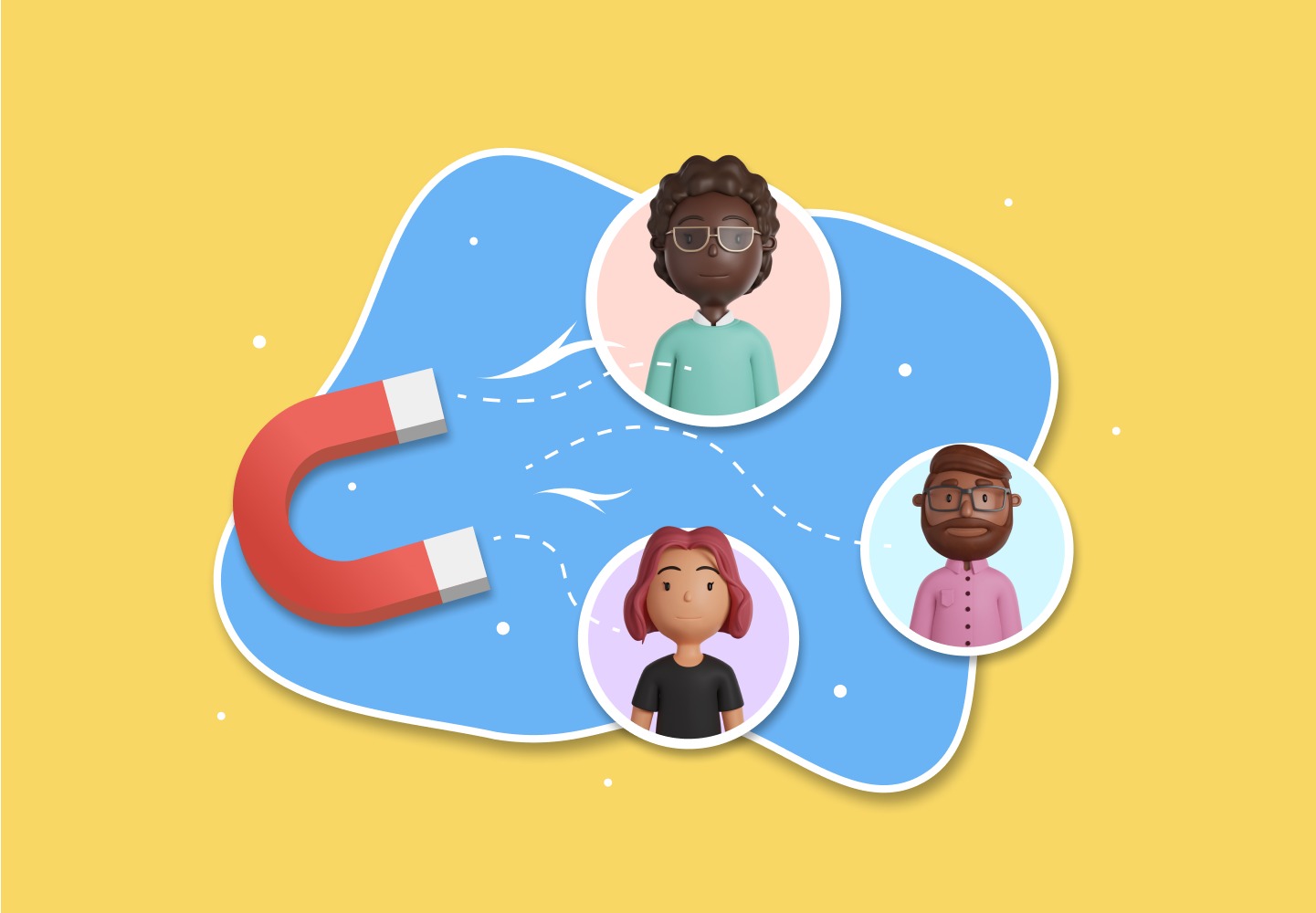
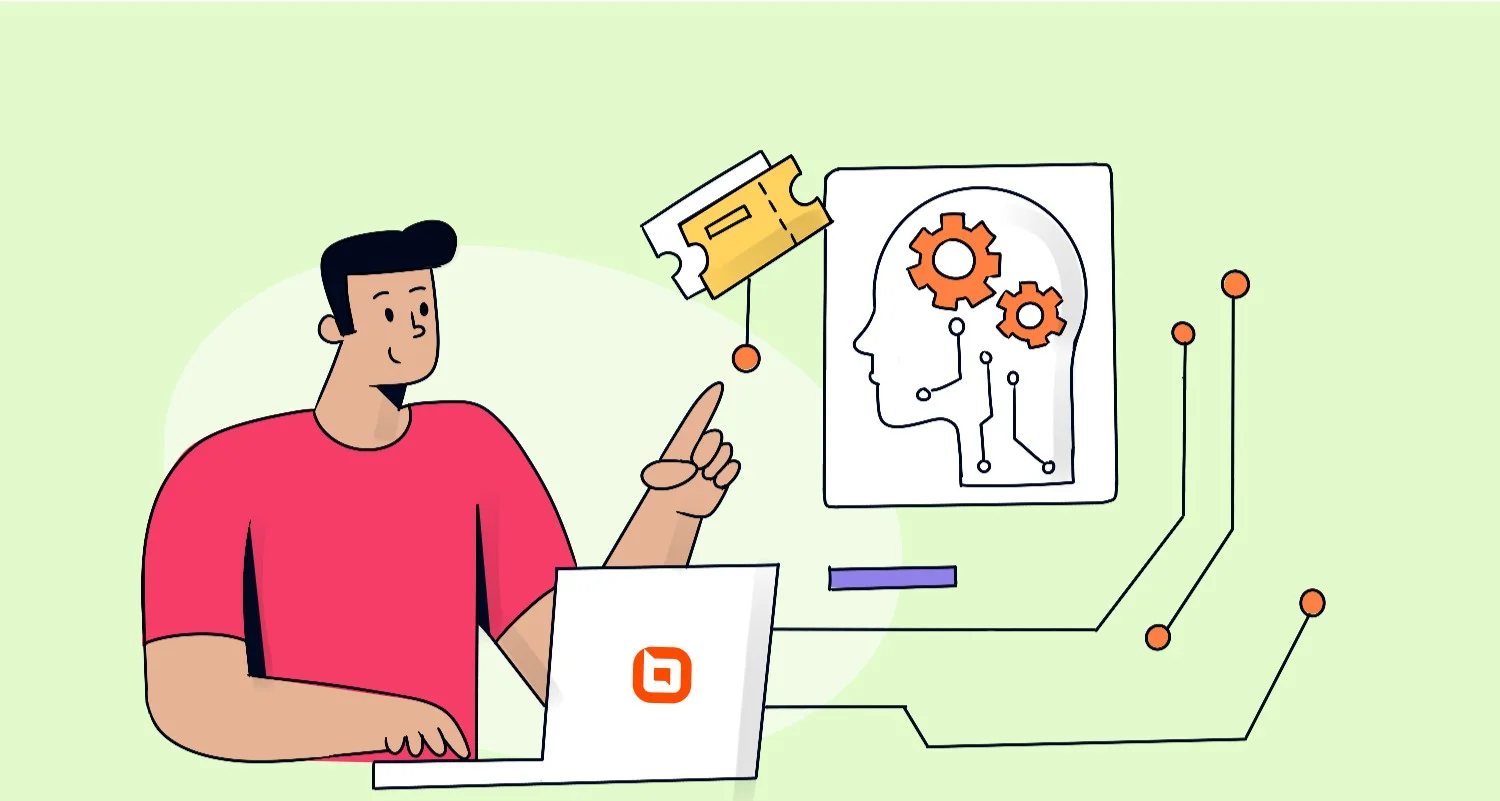
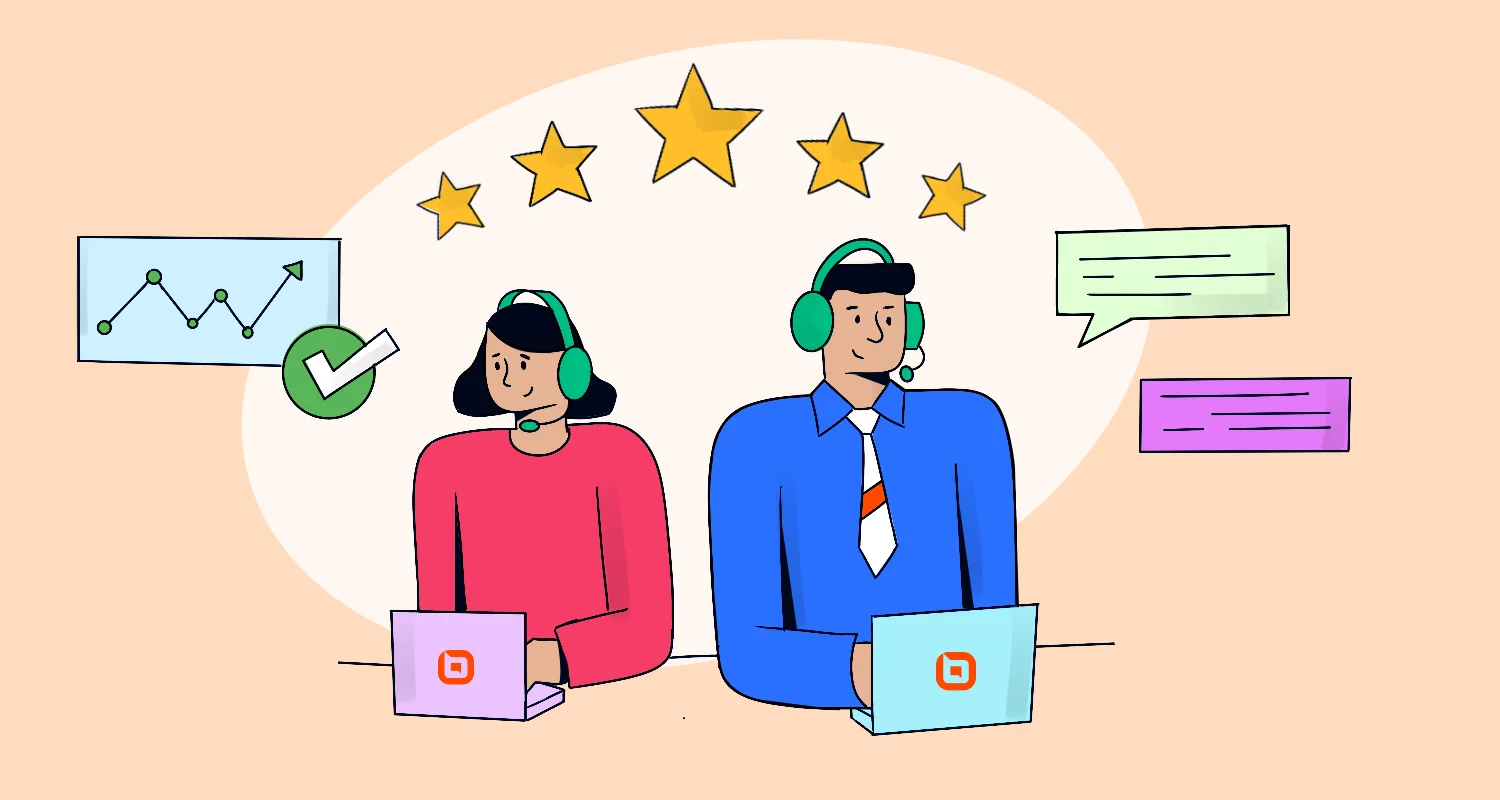
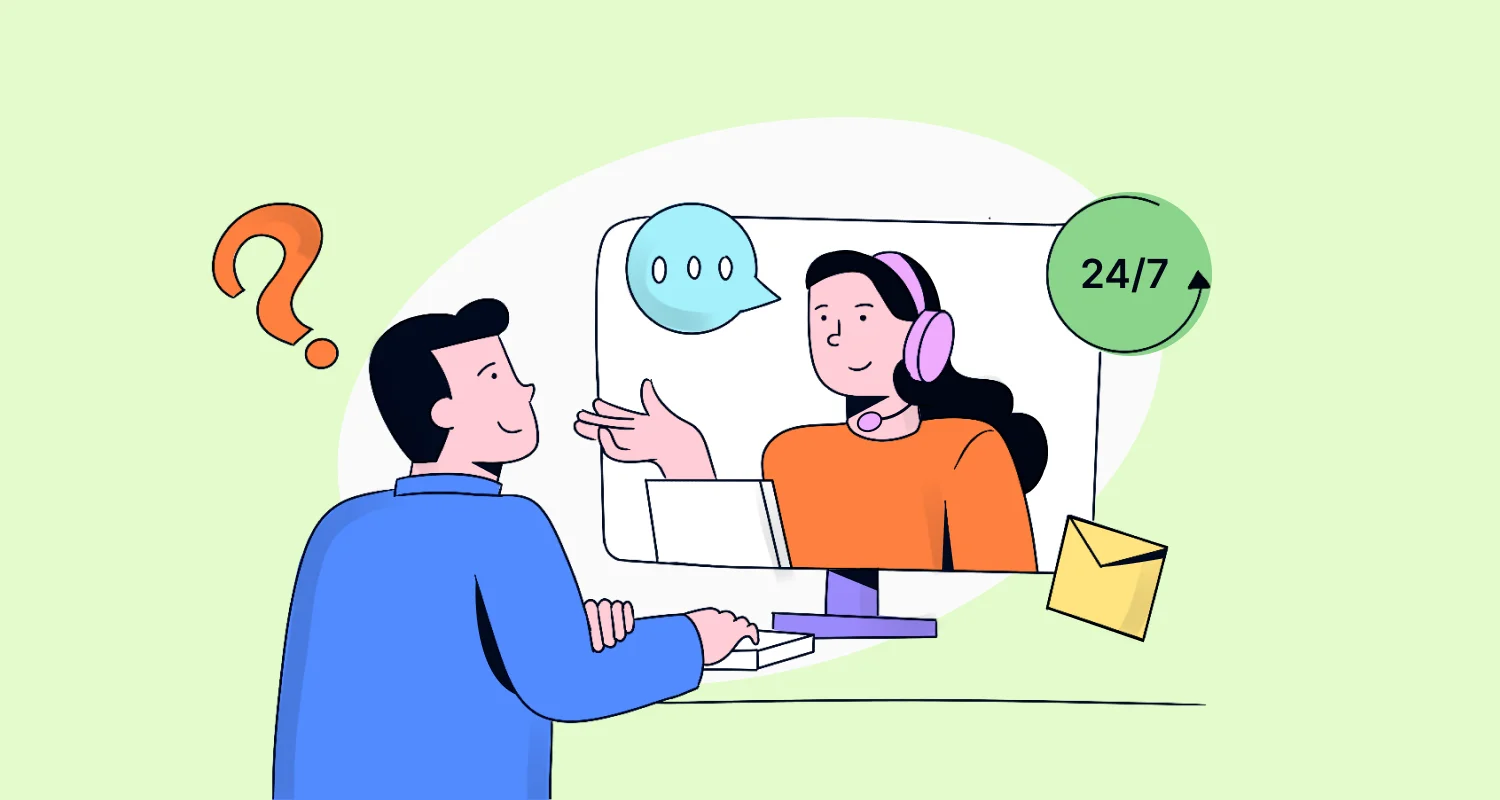


1 comment
דירות דיסקרטיות בחיפה
July 31, 2022 at 2:15 amGreetings! Very useful advice within this article! It is the little changes that will make the greatest changes. Many thanks for sharing!